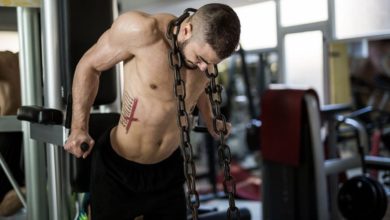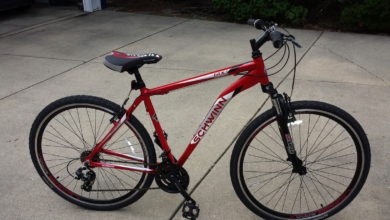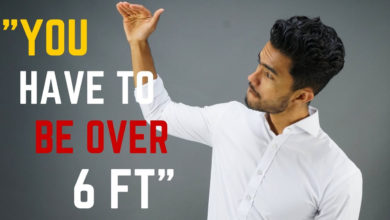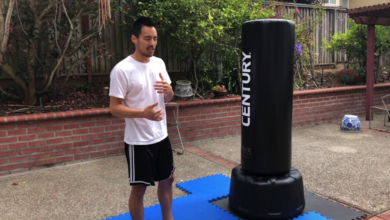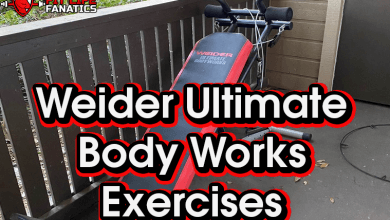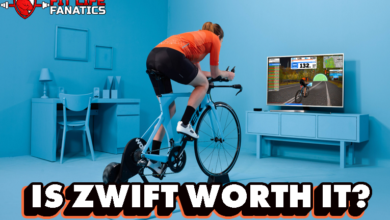Combining Rowing and Cycling
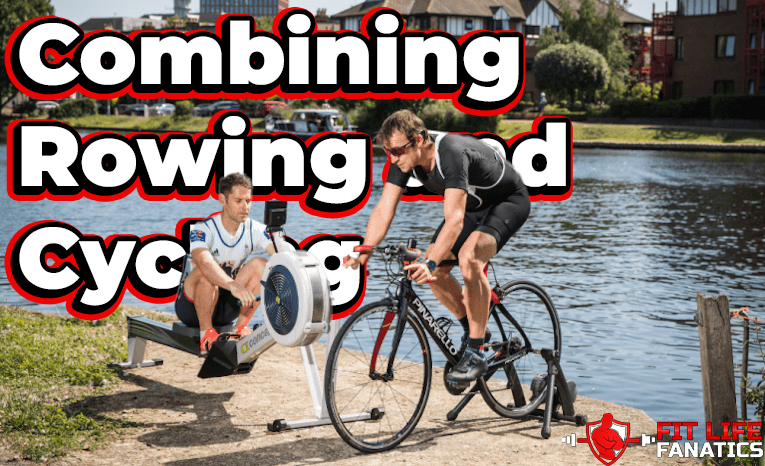
Most fitness coaches these days emphasize on cross training and rightly so. The idea of training different muscle groups on different days helps in offsetting the risk of any type of repetitive stress injury.
It also leads to better all-round fitness, the benefits of which spill over into all aspects of your life. Rowing and cycling are two such sports which work entirely different muscle groups, but when combined together, can lead to amazing results for athletes looking for the best chest and leg workouts to tone these crucial areas.
While it may seem like a mismatch, most elite cyclists are beginning to incorporate rowing into their training regimen. In fact, some of the best cyclists in the world have been using rowing machines to stay at the top of their game.
And don't worry, you don't have to part with an arm and a leg for a rower, you can get yourself one of those budget rowing machines on the market for only a few fingers.
Rowing and Cycling: All you need to know
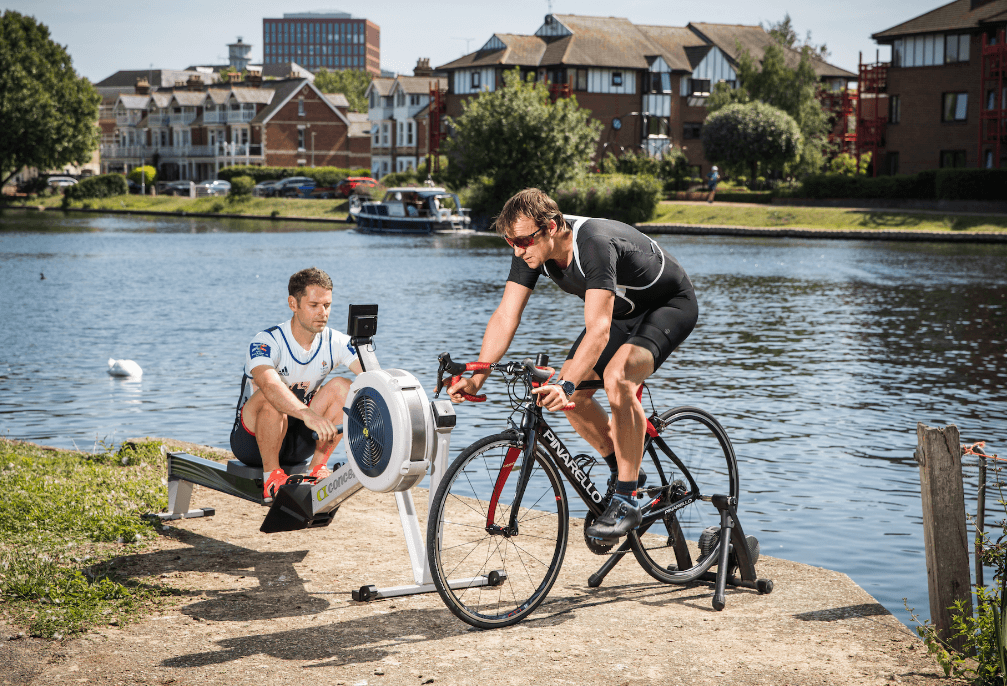
Before we get ahead of ourselves, let's take a step back and look at how these two sports can be combined together.
What is Rowing?
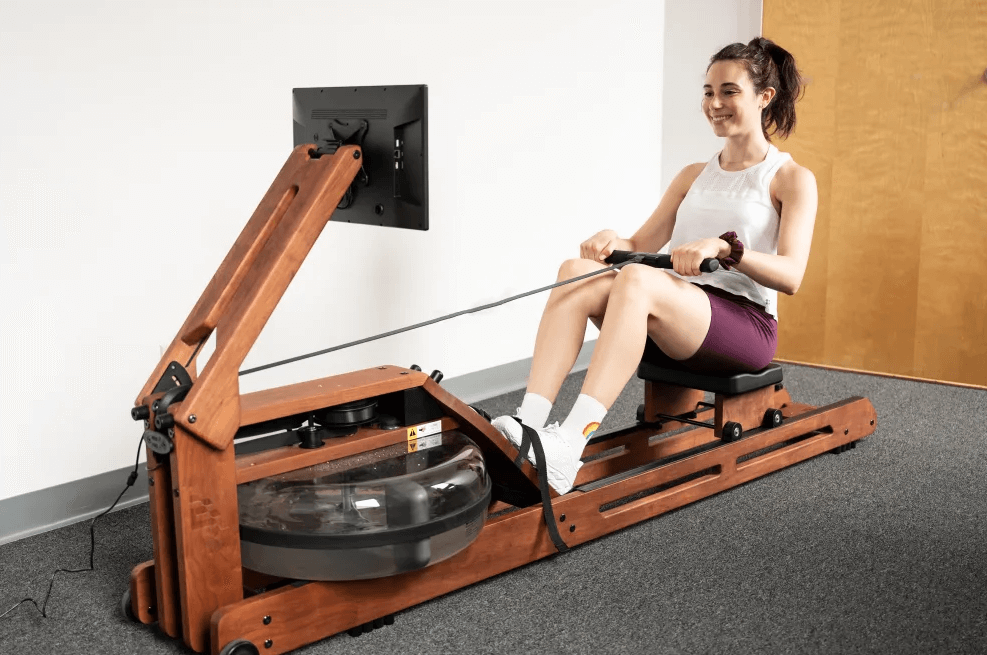
Rowing is a sport which involves propelling a boat through water using oars. It is an excellent full-body workout and works all the major muscle groups in your body. But for the sake of this article, we will refer to indoor rowing which mimics the same motion on a rowing machine.
That's what such heavy duty rowing machines like the Concept 2 rower and Skierg, or the Hydrow and Ergata are for anyway. A quick look at these should give you an idea of the type of machine you need for the job.
The rowing stroke can be divided into four main phases - the catch, the drive, the finish, and the recovery. The catch is when the oar is placed in the water and is pulled towards your body. This is followed by the drive phase where you push the oar away from your body and pull it towards the end of the stroke. The finish is when the oar is at the furthest point from your body and the recovery is when you bring it back to the catch position.
What is Cycling?
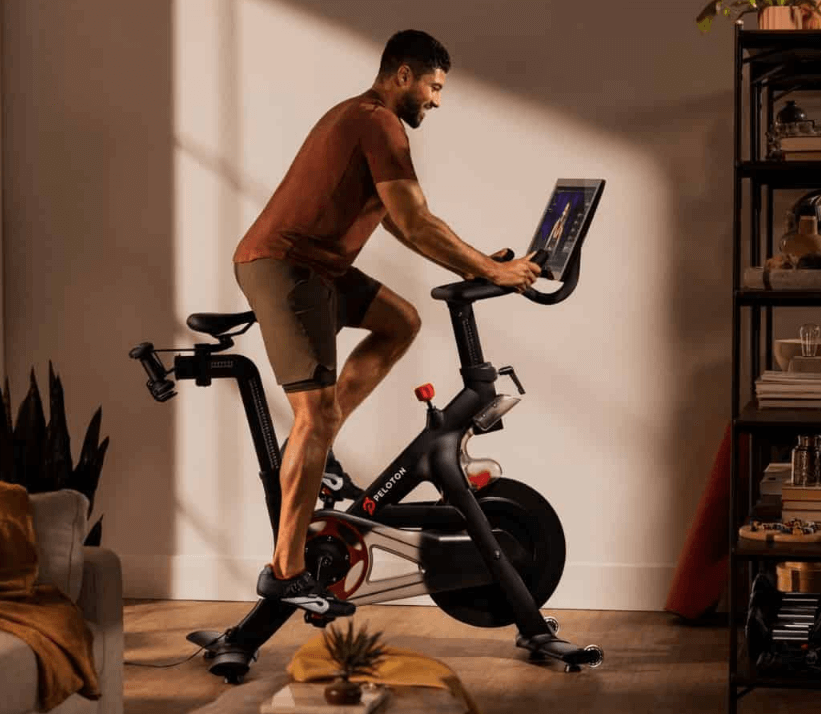
Cycling is one of the most popular sports in the world and is an excellent workout for your legs and cardiovascular system. It can be done on a road bike, a hyper bike, or a mountain bike. You can also do this on an indoor stationary bike like the high end Peloton bike or the bike plus, more affordable entry-level beginner exercise bikes, or even the more compact space saver exercise bikes.
As you get more experienced, you will learn to use different muscles groups to generate more power. For example, when cycling uphill, you will use your quads more whereas when cycling on flat terrain, you will use your glutes and hamstrings more.
Similarities in rowing and cycling
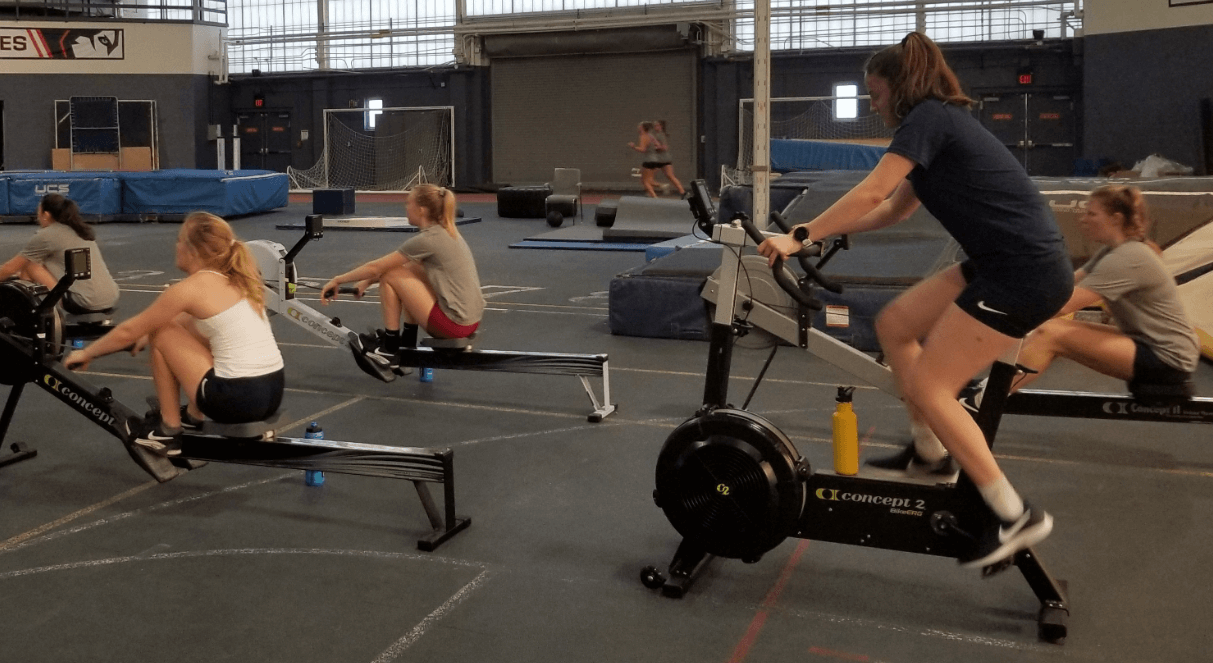
While they appear to be polar opposites of one another, considering one's predominantly upper body and the other's lower body focus, rowing and cycling actually have a lot in common.
Both are compound exercises

Both cycling and rowing are compound exercises, which means that they work multiple muscle groups at the same time.
Compound exercises are markedly better than isolation exercises because they involve greater muscle recruitment and thus, more scope for growth. They are also more efficient because you can get a lot done in a shorter period of time.
Both are excellent cardio exercises

Wondering what's the best cardio machine for your weight loss journey? Either a rowing machine or a bike should fit the bill. Both rowing and cycling are excellent cardiovascular exercises, when done with the right intensity. They are both non-weight bearing exercises, which means that there is minimal impact on your joints.
This makes them ideal for people who are looking for low impact cardio workouts.
Both use similar energy systems
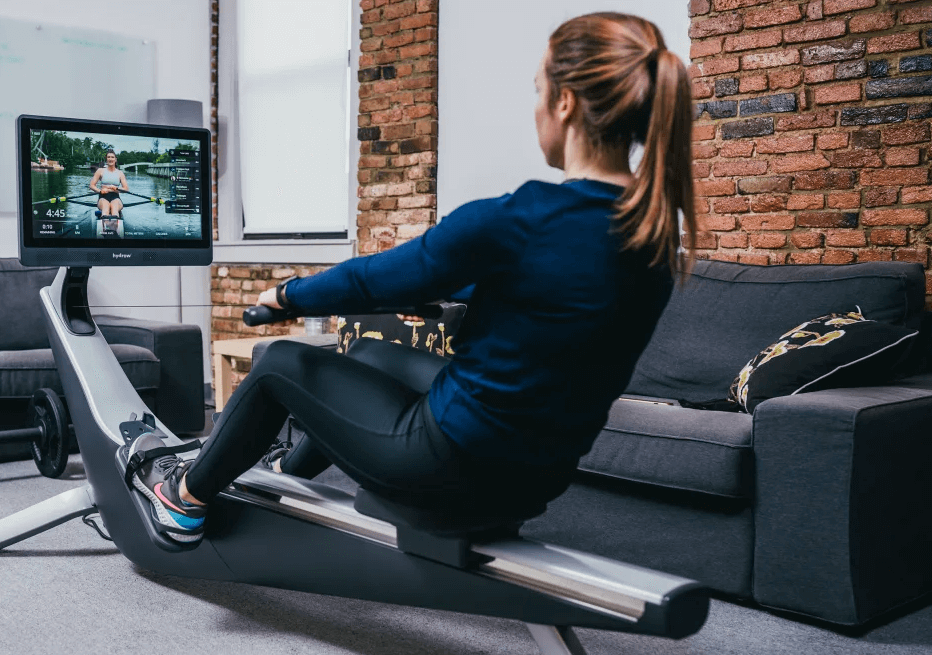
The energy systems used in both rowing and cycling are very similar. Both sports rely on both aerobic, that is using oxygen to produce energy, and anaerobic, that is using glucose to produce energy.
This means that both sports are excellent for improving your stamina and endurance, as well as your anaerobic capacity.
Do Cycling and Rowing Complement Each other?
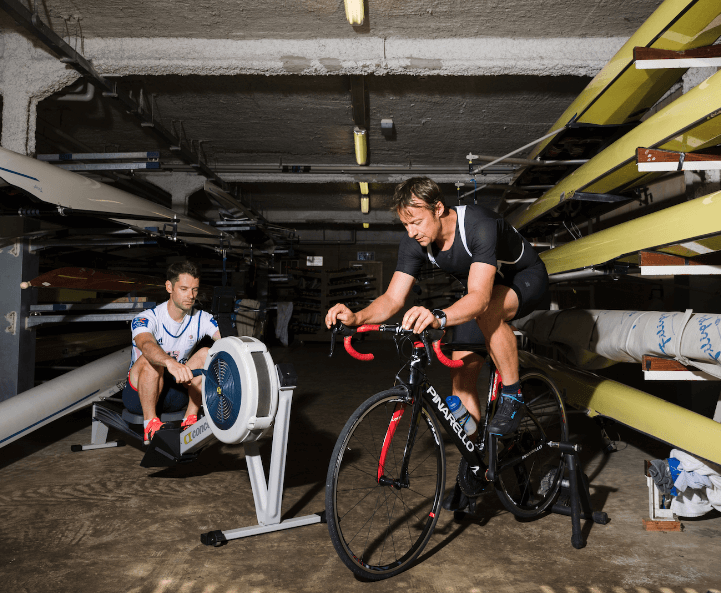
If you were to take a look at some stats, you'll be amazed to see the number of professional rowers who have transitioned seamlessly into cycling and vice-a-versa. Hamish Bond and Rebecca Romero are a couple of examples.
Bond is a New Zealand rower who won gold at the 2012 London Olympics in the coxless pair event. He then went on to become a professional cyclist and won a silver medal in the team pursuit event at the 2016 Rio Olympics.
Romero is a British rower who won a gold medal in the quadruple sculls event at the 2004 Athens Olympics. She then took up professional cycling and won a silver medal in the individual pursuit event at the 2008 Beijing Olympics.
Even if we do not look at elite athletes, there are a lot of recreational rowers and cyclists who have taken up the other sport with great success.
So, what is it about rowing and cycling that makes them complement each other so well?
How Rowing Helps Cycling Endurance, Speed, And Strength?
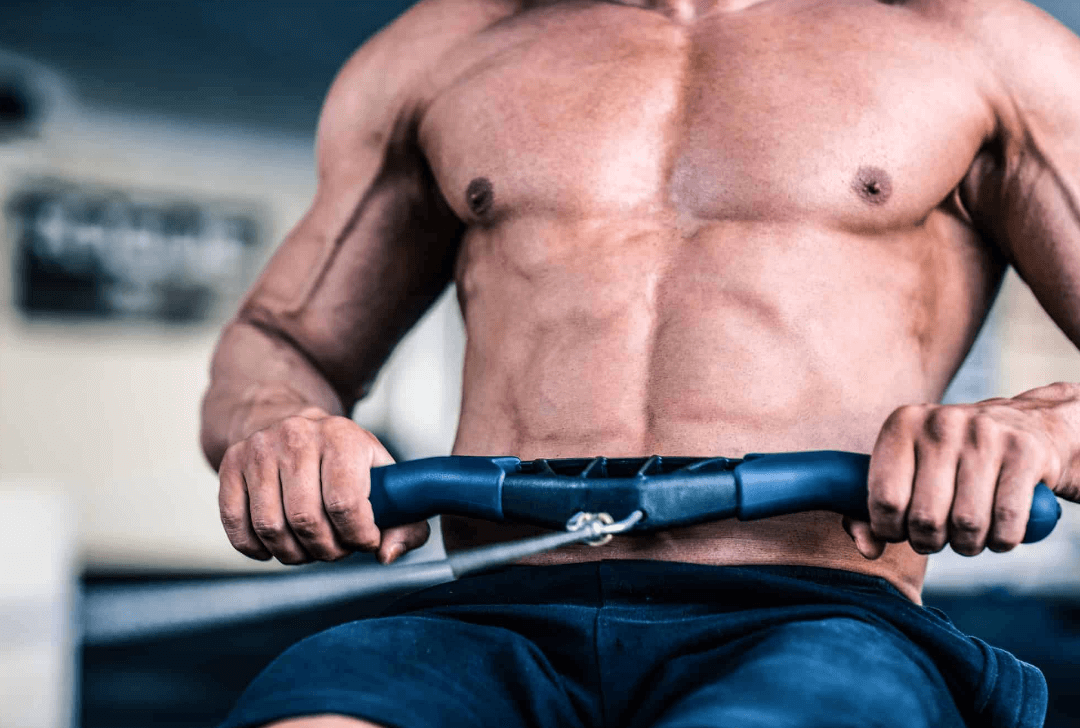
While both of these are compound exercises, cycling recruits most of the lower body and only a fraction of the upper body whereas rowing recruits almost 86% of your muscle groups. If done correctly, you just need to do enough cardio exercise to build muscle with either of these machines.
What this means, is that there's ample scope to strengthen the muscles that get under-utilized in cycling. This will help you to generate more power on the bike and also improve your endurance.
A case in point is your shoulder muscles which are hunched over the handlebars for long periods of time when cycling. This can lead to tightness and pain in the shoulders.
Rowing is a terrific way to open up the shoulders (should you need to train your shoulders after chest day) and helps improve the range of motion. It also strengthens the muscles in your back, which are key stabilizer muscles when cycling.
That's not all. Cycling can be hard on your knees, especially if you are doing a lot of it. The repetitive nature of the motion can lead to joint pain and inflammation.
Rowing is performed seated, which makes it a very low impact exercise - you can even workout 6 days a week on this exercise and not risk overuse injuries. It is easy on the joints and helps to develop the muscles that support the knees. This can help to reduce knee pain when cycling. Talk about active recovery.
Is cycling good for rowing?
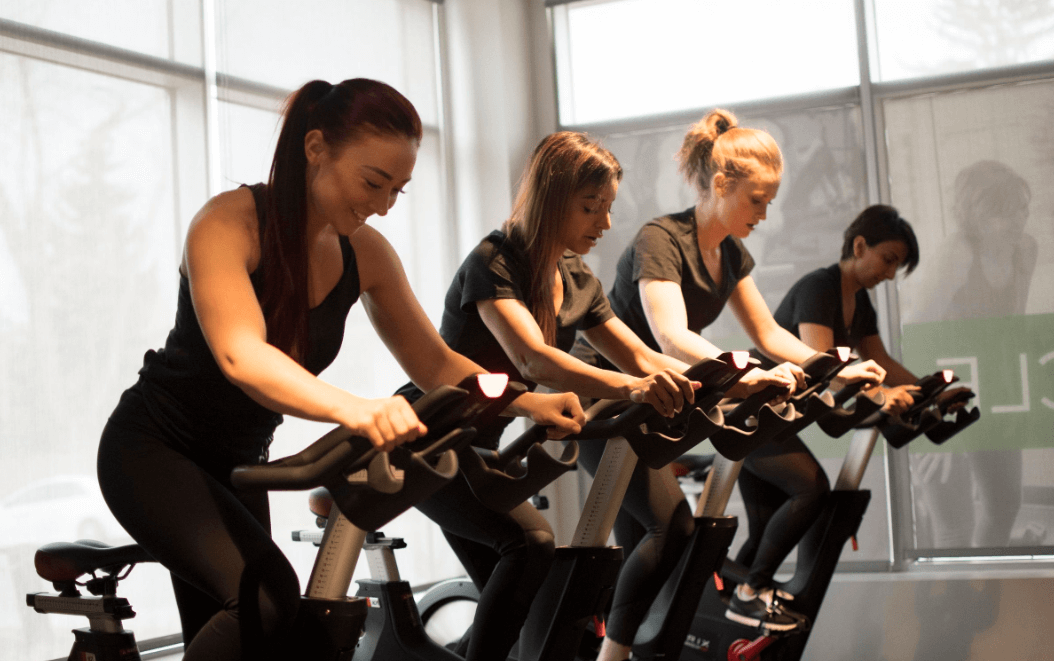
With a strong emphasis on the lower body, cycling can help to develop key lower body muscles used in the rowing stroke - the quads, hamstrings, and glutes - what better way to get rid of that mom butt and build a nicely toned, jiggly butt.
Cycling can also help to improve your endurance, which is an important factor in rowing. The longer you can row without tiring, the better your performance will be.
How to combine rowing and cycling for best results?
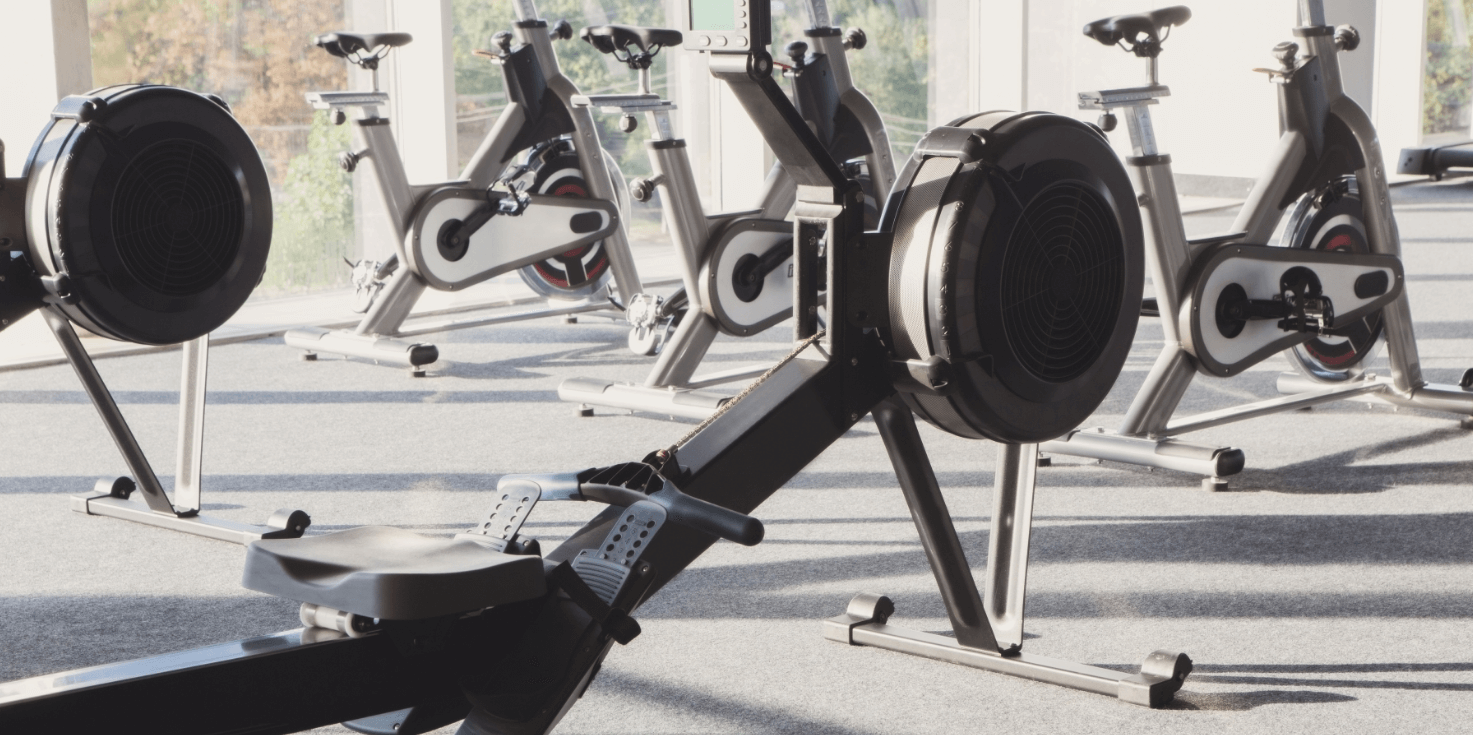
All said and done, how do you combine training for these two sports to get the best results?
The key is to experiment and see what works best for you. There is no one-size-fits-all approach.
Rowing is a high-volume training sport and this translates perfectly into the vigorous aerobic demands of long -distance cycling. Its strength-endurance. If you look at elite rowers like the NordicTrack rw900 or the concept 2, their VO2 max values are just insane. Unlike sports where you tend to fight against gravity, the resistance in rowing comes from the drag of water.
To boost endurance for cycling
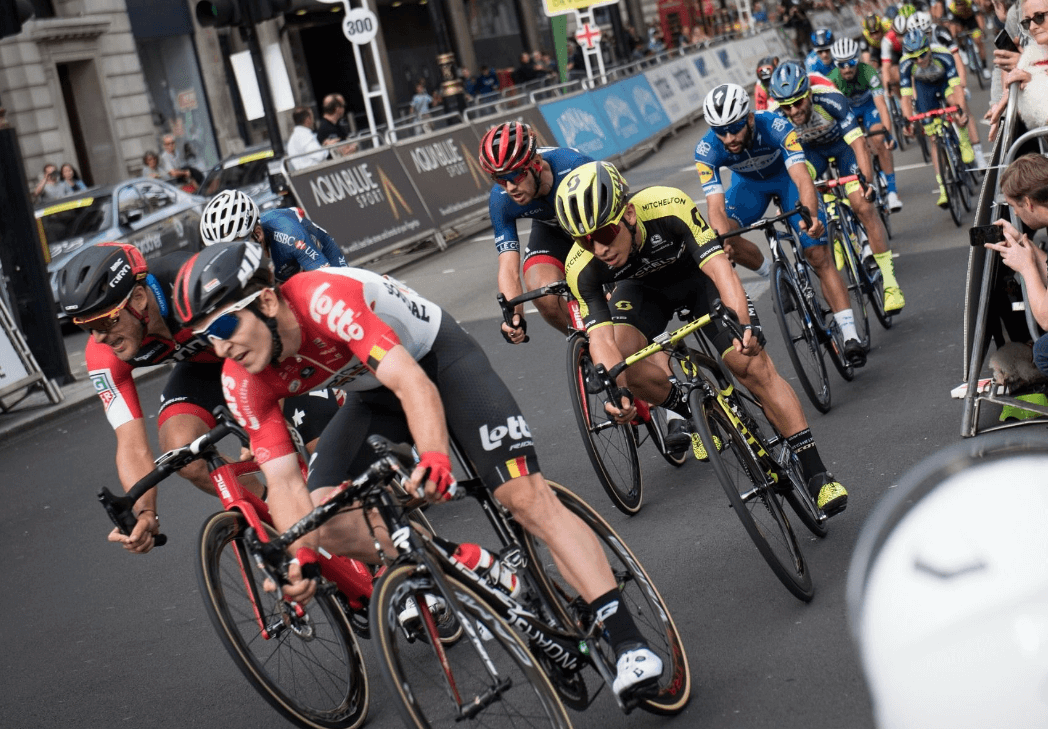
If you want to improve your endurance, do more long slow distance (LSD) training. This means keeping your heart rate in the aerobic zone and doing longer workouts. For example, you could do a 2-hour bike ride (this doesn't have to be on a high tech bike, even a mini exercise bikes work just fine) followed by a 10,000-meter row.
Rowing also places a strong emphasis on the upper body, including your core. Cyclists require a strong and stable core to generate power on the bike. Rowing can help build your core strength from nothing, and develop other crucial upper body muscles.
To improve power for rowing
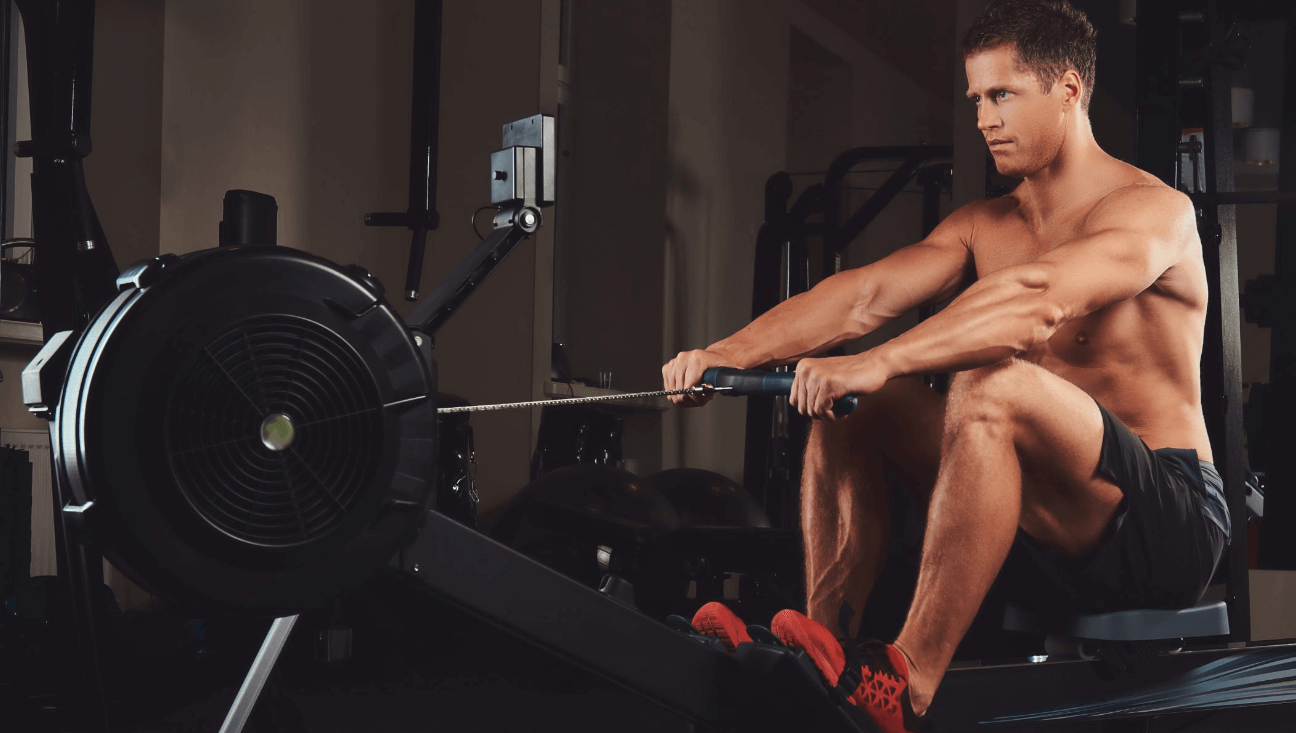
If you want to develop more power, do more interval training. This means alternating between of spurts of high-intensity and low-intensity drills. For example, you could do 8 x 500-meter rows with 2 minutes of rest in between each effort.
You could also do 4 sets of 5-minute bike intervals with 2 minutes of easy pedaling in between each set.
While both of these sports place a high demand on your cardiovascular system, they also train different energy systems.
How does rowing benefit a cyclist and a runner?
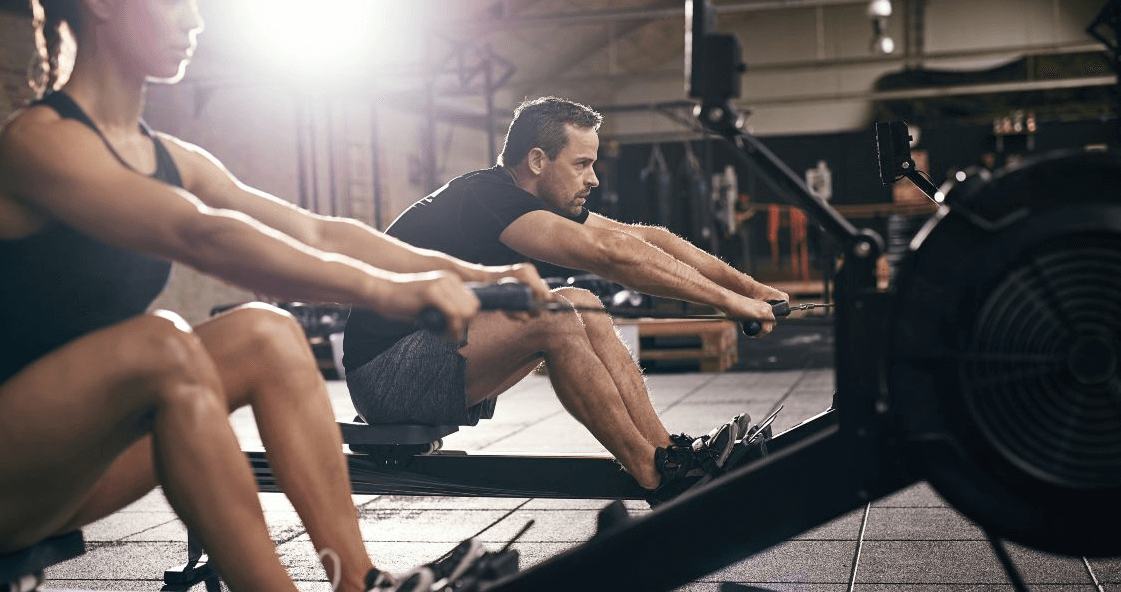
The very fact that you are using 86% of your body muscles at one time is reason enough to consider incorporating rowing into your workout regime. But if you are looking for more specific benefits for the sport or activity of your choice, here are some details.
Better posture

Rowing will help improve your posture by strengthening your back, shoulders, and core muscles. All of these muscle groups work together to keep your spine in alignment when cycling and running.
A stronger back also means that you are less likely to round your shoulders when cycling, which can lead to pain and fatigue. Ditto with running. A lot of runners do not work on their running gait, which is often the cause of injuries.
Athletes who have a history of back pain often find that rowing helps to alleviate their symptoms.
Rowing also helps to improve your posture by lengthening your spine. This can lead to less lower back pain when cycling and running.
Just remember, if you are currently dealing with any back injuries, rowing may not the best choice for your back. It's always wise to consult with a professional before adding rowing to your routine.
Stronger leg muscles
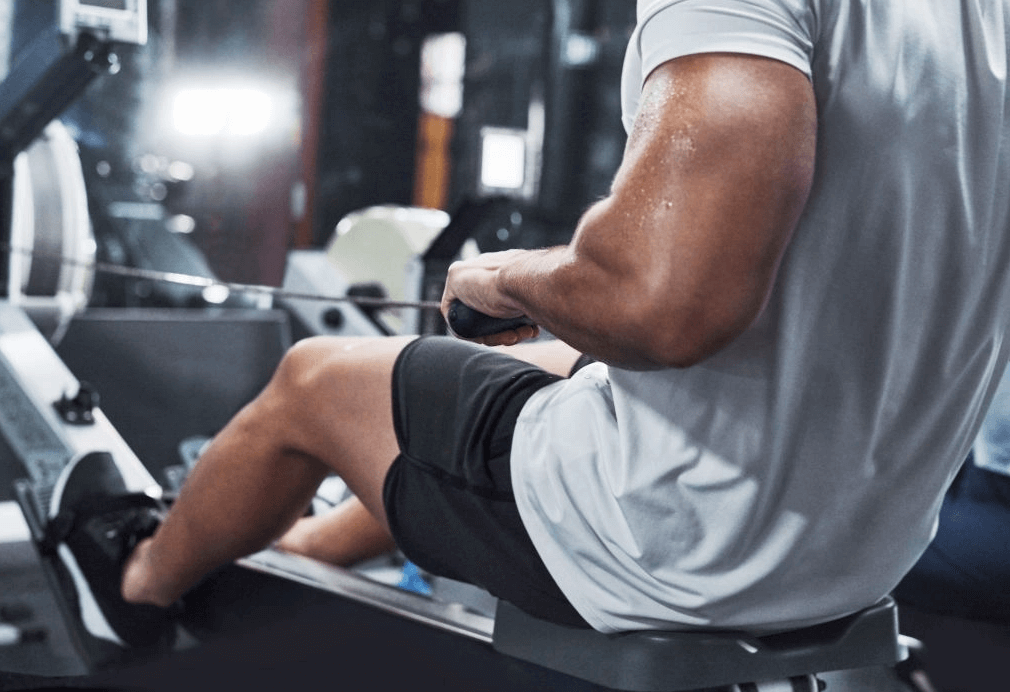
At first glance rowing seems predominantly like an upper body workout. But a closer look reveals that your legs actually do most of the work.
Rowing uses muscles in the quads, hamstrings, glutes, and calves. These are all key muscle groups for both cycling and running.
A strong lower body helps to improve your power and endurance when cycling and running. Runners complaining about "dead legs" often find that rowing gives them a much-needed boost.
Better cardiovascular fitness
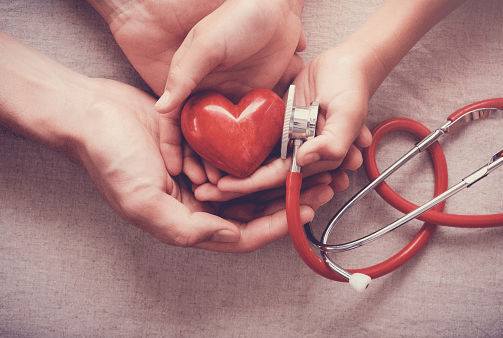
Rowers are not only some of the best full body workout machines out there, they also fit perfectly for cardio too.
Rowing is an excellent way to improve your cardiovascular fitness. As mentioned before, it is a high-volume training sport that places a strong demand on your heart and lungs.
This translates perfectly into the demands of long-distance cycling and running. Rowing can help to improve your VO2 max, which is a measure of your body's ability to use oxygen.
This is important because cycling and running are both aerobic exercises that require a lot of oxygen.
How will cycling benefit a rower?
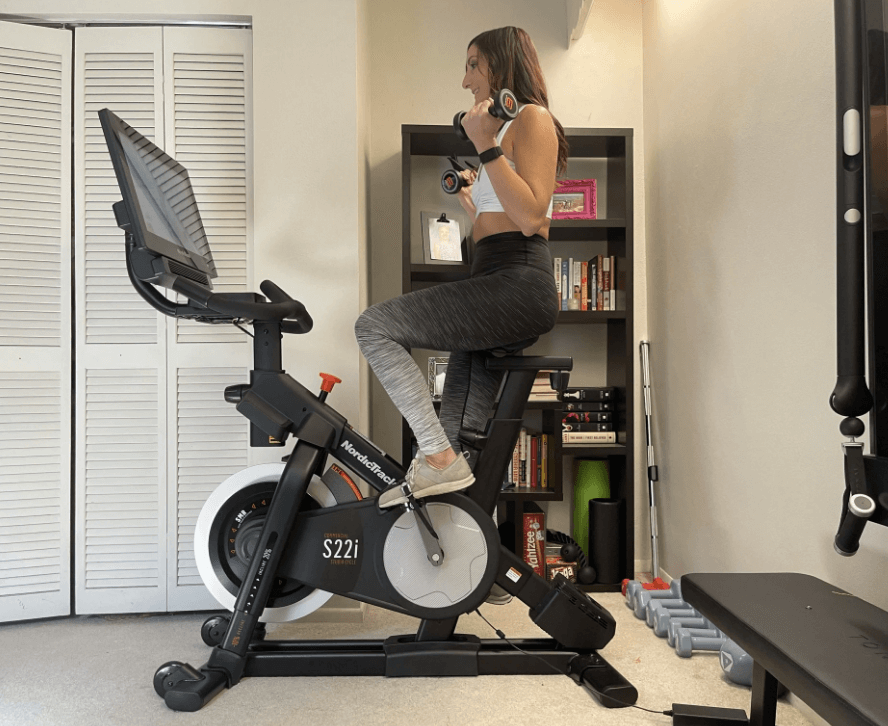
Cycling is predominantly a low cadence, low impact activity. This means that it is easy on your joints and muscles.
This is beneficial for rowers because rowing is a high-impact, high-cadence activity. The low-impact nature of cycling can help to alleviate the wear and tear on your body from all the rowing.
Cycling can also help to develop the endurance and aerobic capacity that is so important for rowers.
Build aerobic capacity
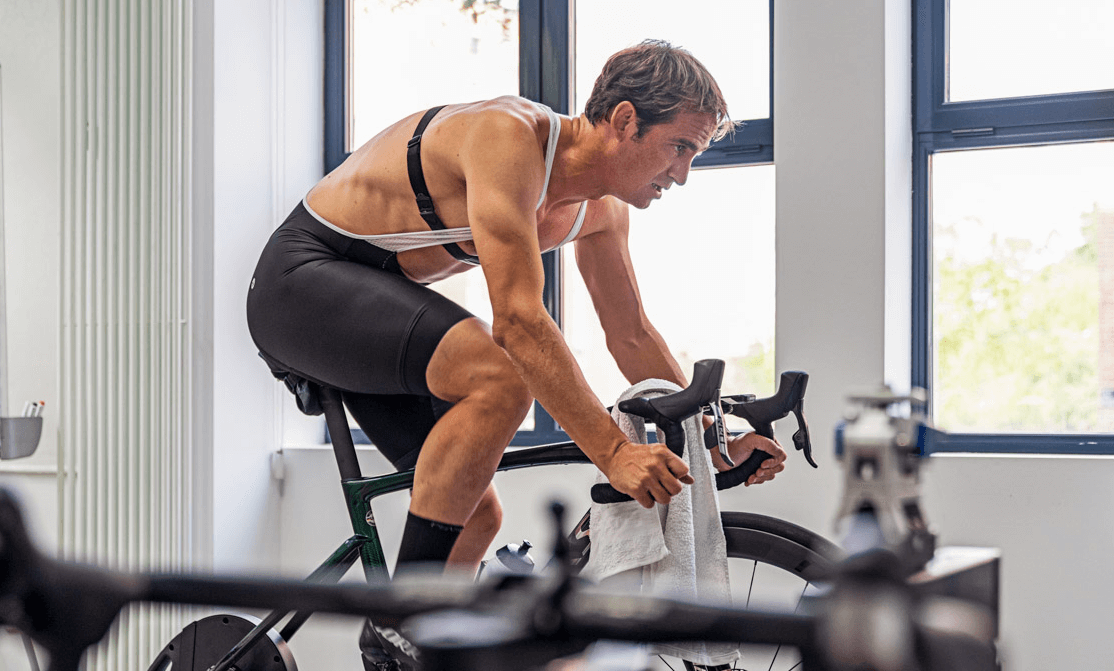
As mentioned before, rowing is predominantly anaerobic in nature.
This means that it does not train your body to use oxygen as efficiently as cycling does. By adding cycling to your training regime, you can help to improve your endurance and aerobic capacity, which will in turn help you to row longer and harder.
Cycle cross-training can also help to improve your anaerobic threshold, which is the point at which your body starts to produce lactic acid.
This is important for rowers because rowing is a high-intensity exercise that can lead to the production of lactic acid. By improving your anaerobic threshold, you can row for longer periods of time without getting fatigued.
Active recovery

Cycling is also a great way to active recovery after a hard rowing workout. The low-impact nature of cycling means that it will not put too much strain on your muscles and joints. Of course, you don't have to workout 7 days a week to achieve max gains, but as long as you can reap the benefits of active recovery, then you won't be leaving gains on the table.
This makes it the perfect activity to do on your active recovery days. Cycling will help to flush out the lactic acid from your muscles, which will help you to feel fresher and less sore on your next rowing workout.
Rowing vs. Spin: why all cyclists should be rowing

A common cross-training conundrum that we see cyclists face is whether to row or spin. Both activities have their own unique benefits that can help to improve your cycling performance.
So which one should you do? The answer, in this case is pretty obvious.
Rowing offers more innate benefits for cyclists than spin does. This is because rowing is a full-body, high-impact, high-cadence activity, while spin is predominantly a low-impact, low-cadence activity that only works the legs.
Reduce the impact on your knees and other ligaments
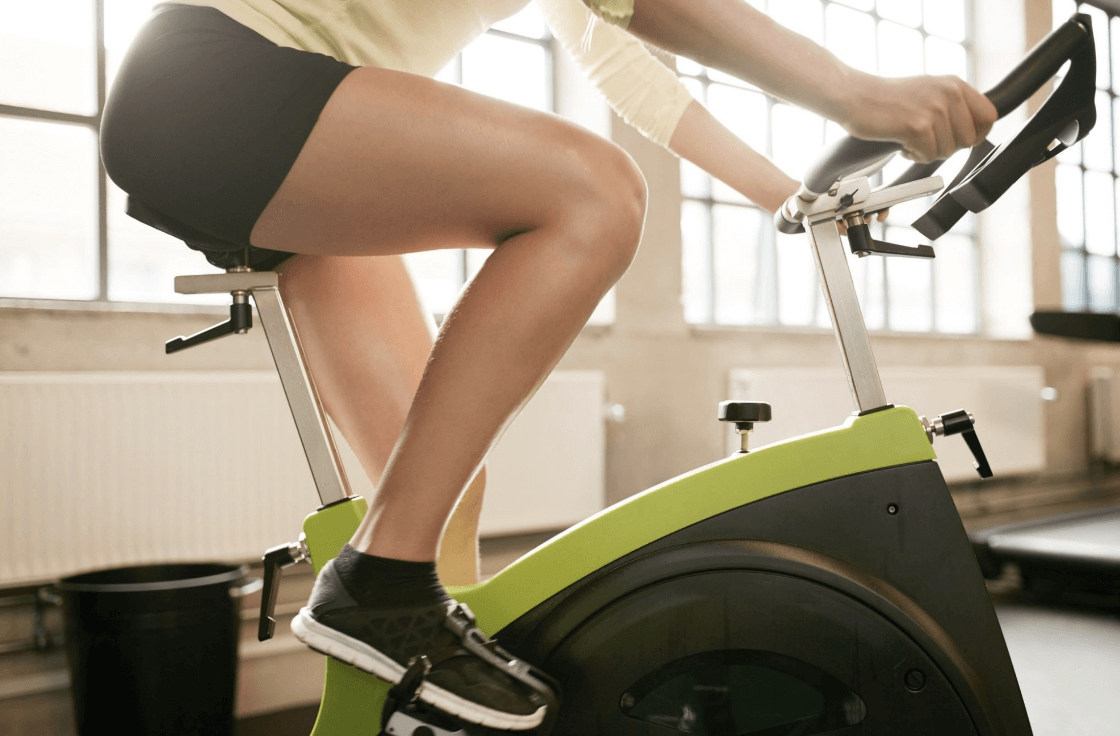
Lets face it. The repeated pedaling motion that is required for cycling can take its toll on your knees and other ligaments. This is why we often see cyclists suffering from overuse injuries such as patellar tendonitis and iliotibial band syndrome.
Rowing can help to reduce the impact on your knees and other ligaments by providing a low-impact, full-body workout. The rowing motion is much easier on your knees and quadriceps than the pedaling motion, which means that you will be less likely to suffer from overuse injuries.
Rowing can also help to strengthen the muscles and ligaments around your knees, which can further reduce your risk of injury.
Avoid the hunchback
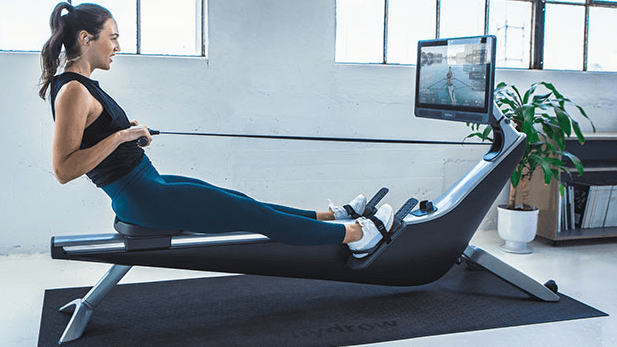
Another common issue that we see in cyclists is poor posture. The hunched-over position that is required for cycling can lead to a condition known as kyphosis, or hunchback.
Rowing can help to avoid the hunchback by providing a full-body workout that helps to improve your posture. The rowing motion requires you to open up your chest and shoulders, which can help to alleviate the hunched-over position.
In fact, working on your posture is one of the main benefits of rowing. The rowing motion is a great way to improve your posture and alleviate back pain.
My Personal Opinion: Is Rowing good cross training for cyclist?

In my opinion, rowing is a terrific cross-training activity for cyclists. The low-impact, full-body nature of rowing makes it an ideal workout for cyclists who are looking to improve their endurance, aerobic capacity, and posture.
So if you are a cyclist who is looking for a great cross-training activity, I would highly recommend that you give rowing a try. I have personally made marked improvements to my cycling performance since I started rowing.
My lower body is a lot stronger, my core has just as much endurance as my legs, and my posture has improved dramatically.
FAQ about combining rowing and cycling

Here are a few common questions answered.
Q. Is rowing or cycling better for weight loss?
A. Personally, I'd recommend cycling for weight loss because of its low-cadence, low-impact nature. Rowing can be a great workout, but the high-impact, high-cadence nature of the sport can lead to injuries if you are not careful. In fact, most professional rowers have higher calorific requirements than cyclists.
Q. Is rowing harder than cycling?
A. Yes, it is. Rowing requires strict form and a synergistic effort from your whole body. This makes it a more technical sport than cycling, which is primarily a leg-driven activity.
Q. Can you lose belly fat by rowing?
A. Absolutely. Rowing is a great way to tone your whole body, including your abdominal muscles. In fact, rowing is one of the best exercises for targeting the stomach area.
Q. Are Rowing Machines Workout effective?
A. They sure are. Most modern rowing machines mimic the rowing motion very effectively, which means that you can get a great workout without having to go out on the water.
Related Readings:
- How Much Cardio/Running Is Too Much for Muscle Building?
- Stopped Working Out For a Year: Here Is What Happened
- The Best Exercise Bikes With Virtual Courses & Training – Updated For 2022
- Nordictrack RW200 Vs. Concept 2 Model D – Which Rower Is Best – My Review Comparison
- Echelon EX3 vs. Peloton – Which Interactive Training Bike Is Better?
- Schwinn IC3 & IC4 vs. Peloton – Which Exercise Bike Is The Best? My Personal Review & Comparison
Resources:
- https://www.welovecycling.com/wide/2021/05/11/cycling-vs-rowing-which-is-better/
- https://www.livescience.com/rowing-vs-cycling
- https://hydrow.com/blog/case-study-how-do-rowing-and-cycling-workouts-compare/
- https://health.usnews.com/wellness/fitness/articles/exercise-bike-vs-rower-vs-elliptical-which-is-best
Ben Mayz
Hi there! I'm Ben, main author and chief editor at Fitlifefanatics.com. I have been obsessed with Strength Training and Fitness for 18 years now.
My passion for living a happy fit lifestyle is what made me realize that fitness is what I wanted for my future.
I went on to earn my Masters in Sports Training & Biomechanics.
My passion for Strength training & fitness and my love of helping others is what made me start Fitlifefanatics.
Here, myself, and a team of specialist aim to provide the most accurate, and actionable information possible in hopes to help foster the fitness community forward.
You can learn more about Fitlifefanatics on our About Page
